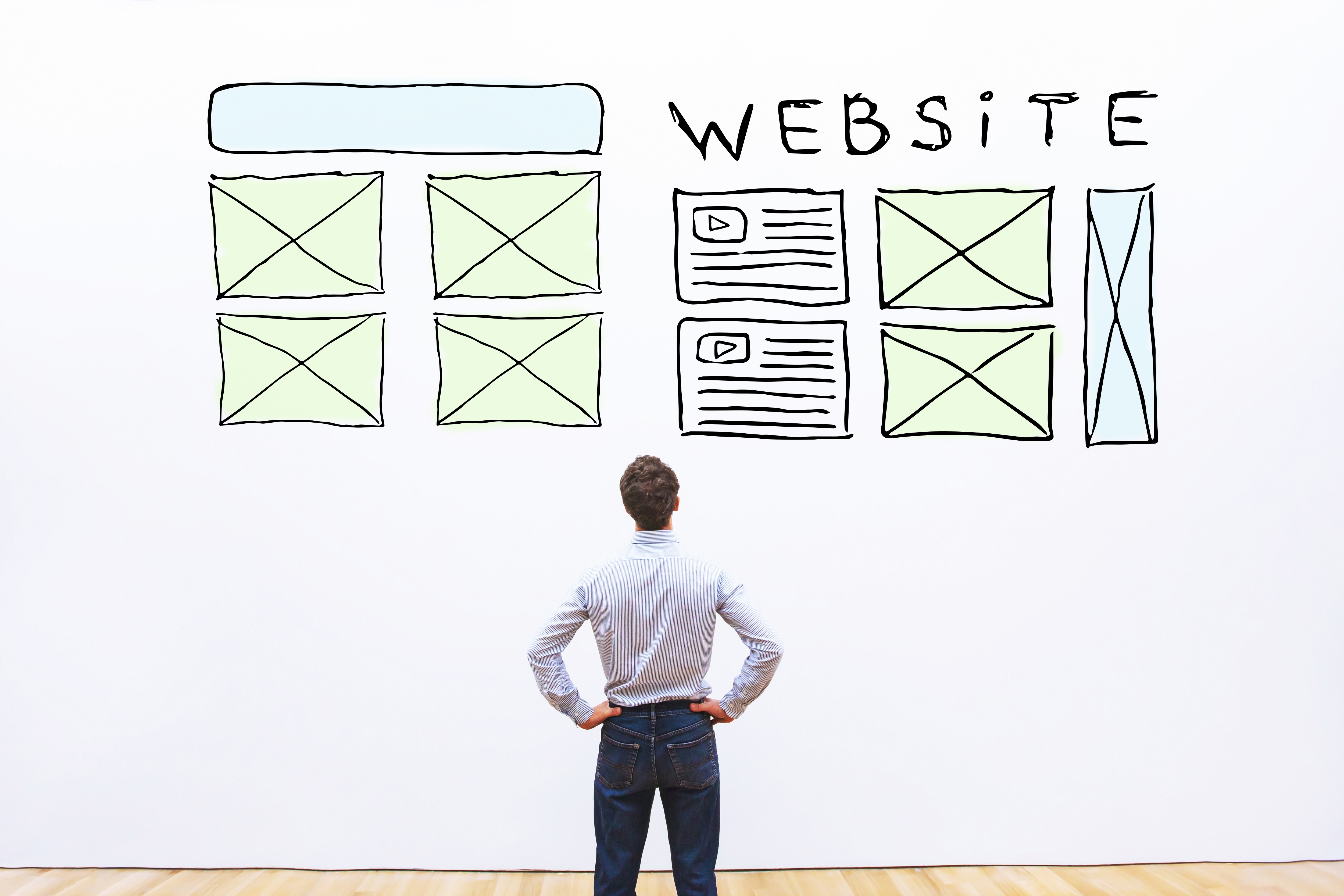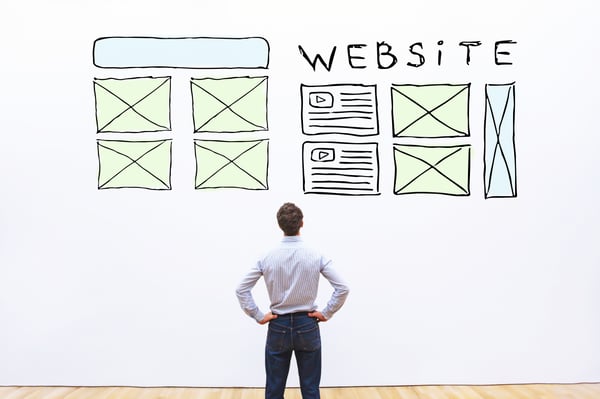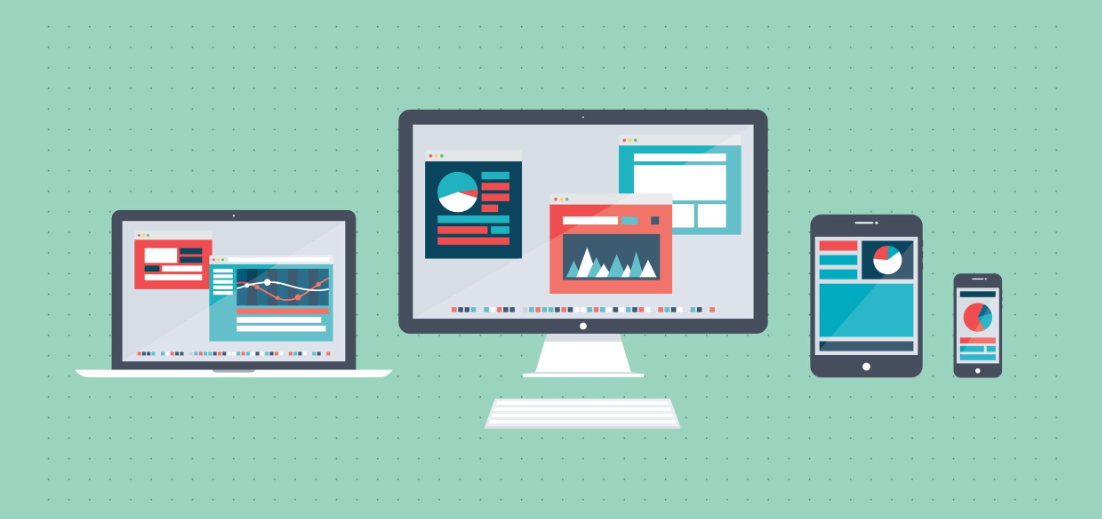The 5W's of MVVM
By Jed Bonniwell on Wed, Jul 25, 2018

- What is MVVM?
MVVM – short for Model-View-ViewModel – is an architecture pattern that takes advantage of user device capabilities and browser memory to improve application performance.
The result is a better user interface experience for the user, allowing them to view the application on devices of varying screen size without loss of information or horizontal scrolling, including mobile devices.
Microsoft architects Ken Cooper and Ted Peters created MVVM specifically to simplify user interface event-driven programming. As part of this simplicity, MVVM separates graphical user interface development from business logic or back-end logic (data model) development.
The view model easily manages and presents data objects, which addresses needs in many industries. In the benefits administration space that Sagitec inhabits, application users include:
- Pension agency employees who use the internal line-of-business (LOB) application
- Members, who use the member portal
- Employers, who use the employer portal
- What are the features of MVVM?
- Screens load faster because of improved system performance
- Better understanding and more control over HTML output, allowing for more customization
- Improved system performance because you can cache elements
- New features are more easily implemented (which is one reason Sagitec embraced MVVM)

- Why MVVM?
Highlights of choosing MVVM include:
- Only required data goes back and forth between server and client
- Multiple forms can be opened and switched between each other without a server call
- More functionality with paging and sorting than Web Forms
Migrating to MVVM offers several benefits, including:
- Separation of concerns – Typically, there is a connection between the user interface and application logic, resulting in change-resistant, brittle code. MVVM cleanly separates the user interface from the application logic. Divorcing one from the other improves application maintenance. It also makes application evolution easier, thereby reducing the risk of technological obsolescence.
- Eliminates the need for application redesign – User interfaces become outdated. However, upgrading a user interface often means a complete application redesign. Since MVVM separates the user interface from application logic, upgrading involves minimal effort. You can select a template of your choosing, and then plug it into your application.
- Streamlines the data sending process – When you click the “Save” button, an application resubmits all of the data on the screen. MVVM streamlines this process by sending only the necessary data, thereby boosting performance.
Members benefit most from the MVVM migration. With MVVM in place, a member portal can become responsive, thus improving user experience from various devices, including smartphones and tablets.
- Who benefits from MVVM?
Those in the benefits administration space and/or public sector have been embracing MVVM system migration. For them, MVVM addresses the following needs:
- Speed and performance enhancements
- Empowers IT staff to be proactive and involved with MVVM implementation and design of their upgraded member portal
- Faster screen saving/loading
- Smartphone and tablet access
- What are the drawbacks of MVVM?
- MVVM creator John Gossman points out that implementing MVVM is "overkill" for simple UI operations, and that for larger applications, generalizing the ViewModel becomes more difficult.
- There is considerable memory consumption with data binding in very large applications.
- MVVM architecture is based entirely on browser-side technologies. This technology is still maturing and has a dependency on browsers.
- To take advantage of the benefits of MVVM, members must use a JavaScript-enabled browser. JavaScript is responsible for resizing screens across devices so that websites load correctly.
User Interface/User Experience (UI/UX) Independence
By design, Sagitec’s MVVM architecture allows us to separate UI/UX from Neospin™ business services. Neospin™ is a Sagitec solution that can work with various UI/UX platforms.
We designed the Neospin™ line of business (LOB) UI as a commercial off-the-shelf (COTS) template. Considering the pace of UI/UX evolution, we can easily deploy self-service portals to hundreds of responsive, commercially-available UI templates or custom built templates.
Sagitec offers clients the option to upgrade to MVVM from Web Forms. Clients can opt to upgrade all of their portals to MVVM (member, employer, and internal LOB) or simply one or two of their choosing.
Sagitec’s MVVM architecture provides a generic way to design and deploy screens, making it suitable for any application size, while consuming much less memory.
Want to know more about how MVVM is beneficial for your benefits administration agency? Write to us by clicking below.
You May Also Like
These Related Stories

Three Things You Should Know About MVVM and Your Neospin™ Pension Administration Solution

Digital Transformation: Future of Pensions




No Comments Yet
Let us know what you think